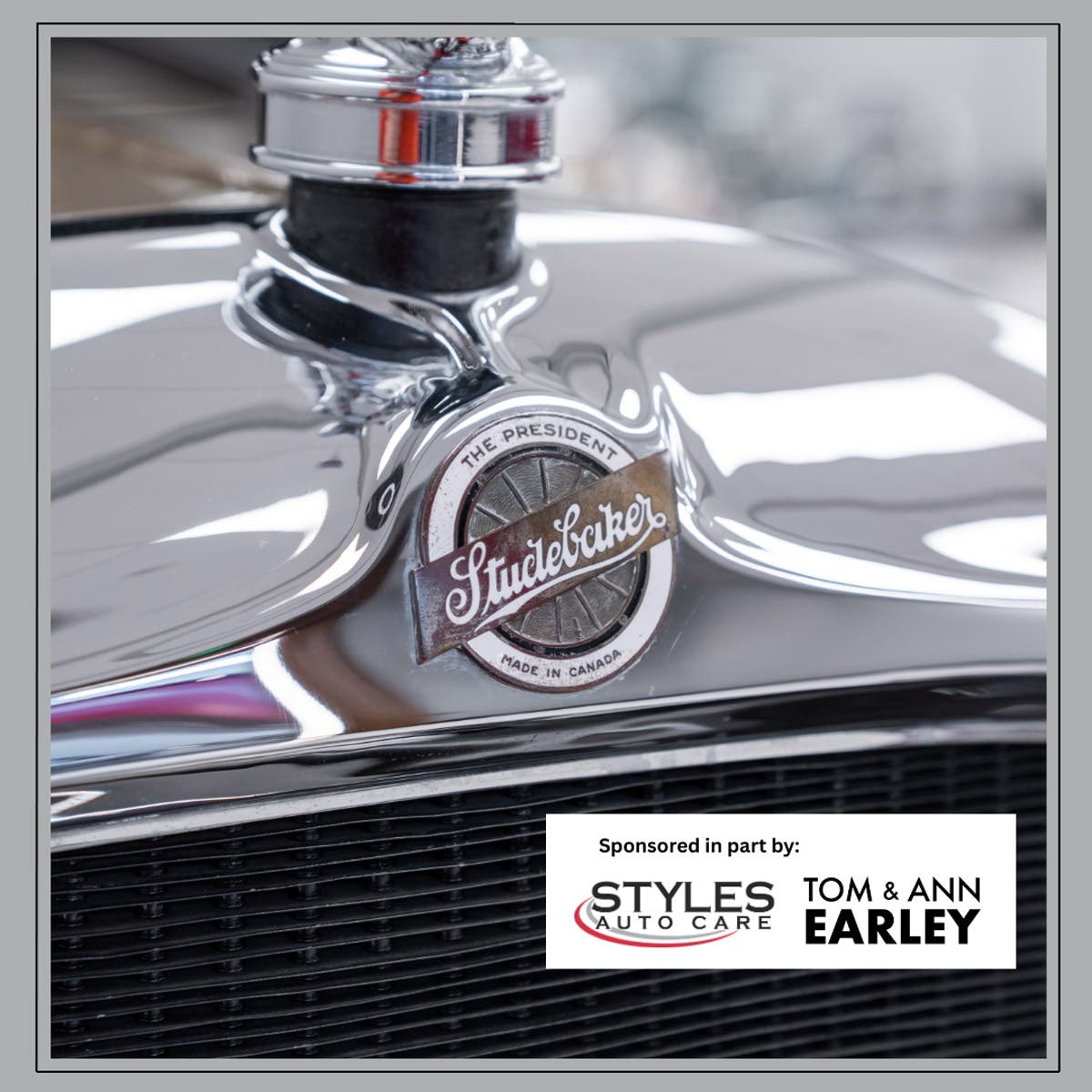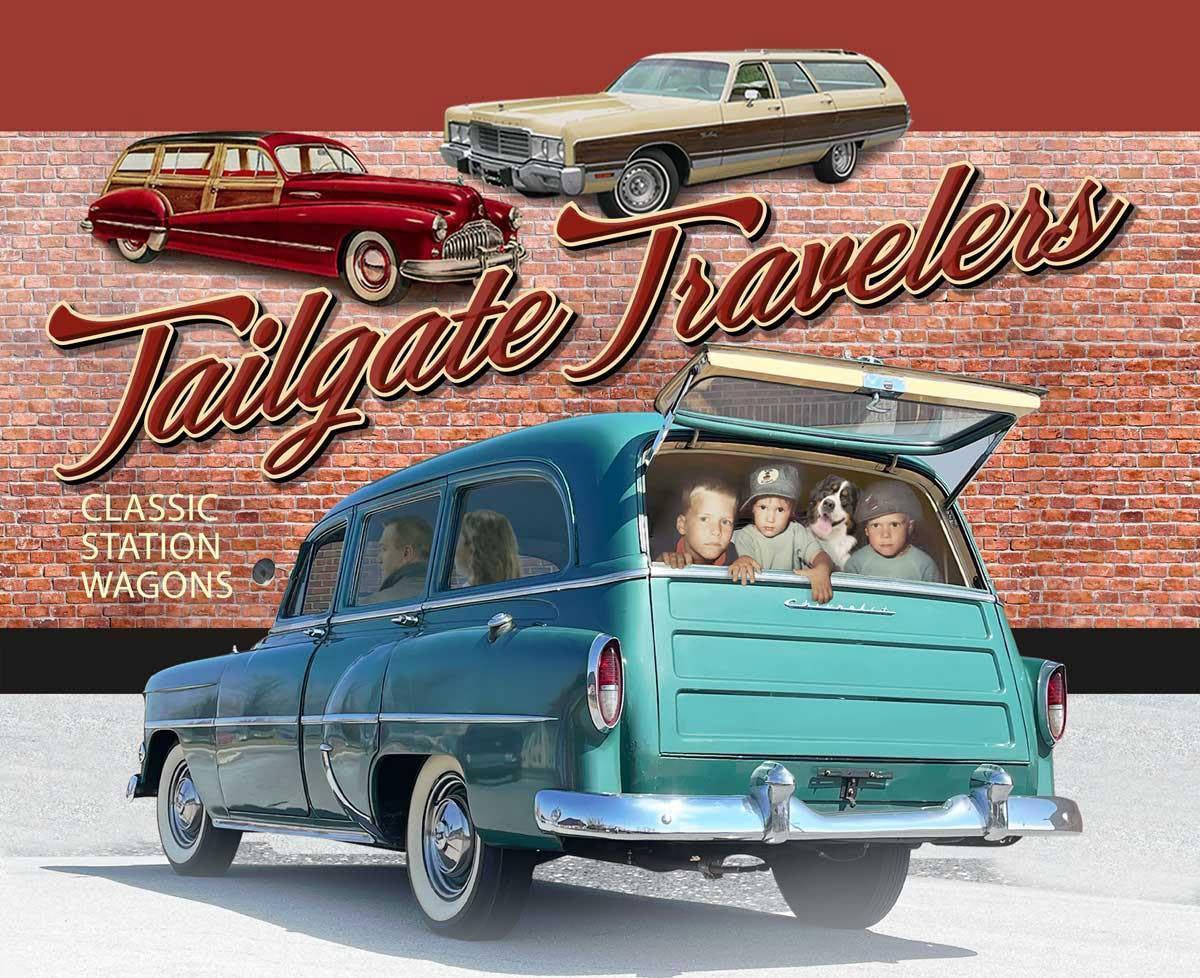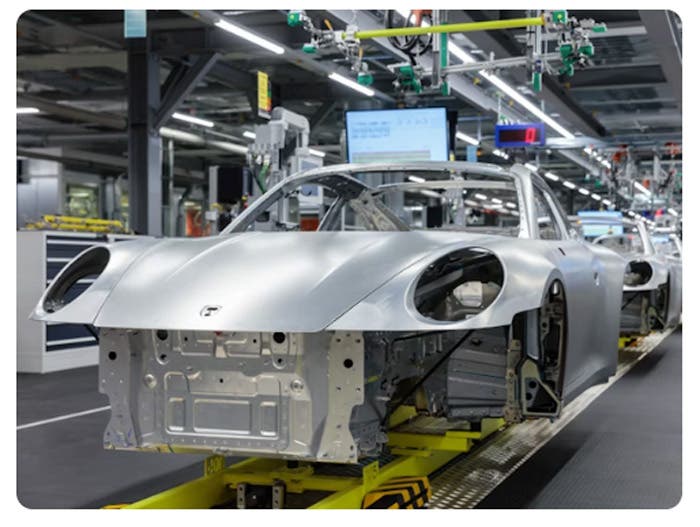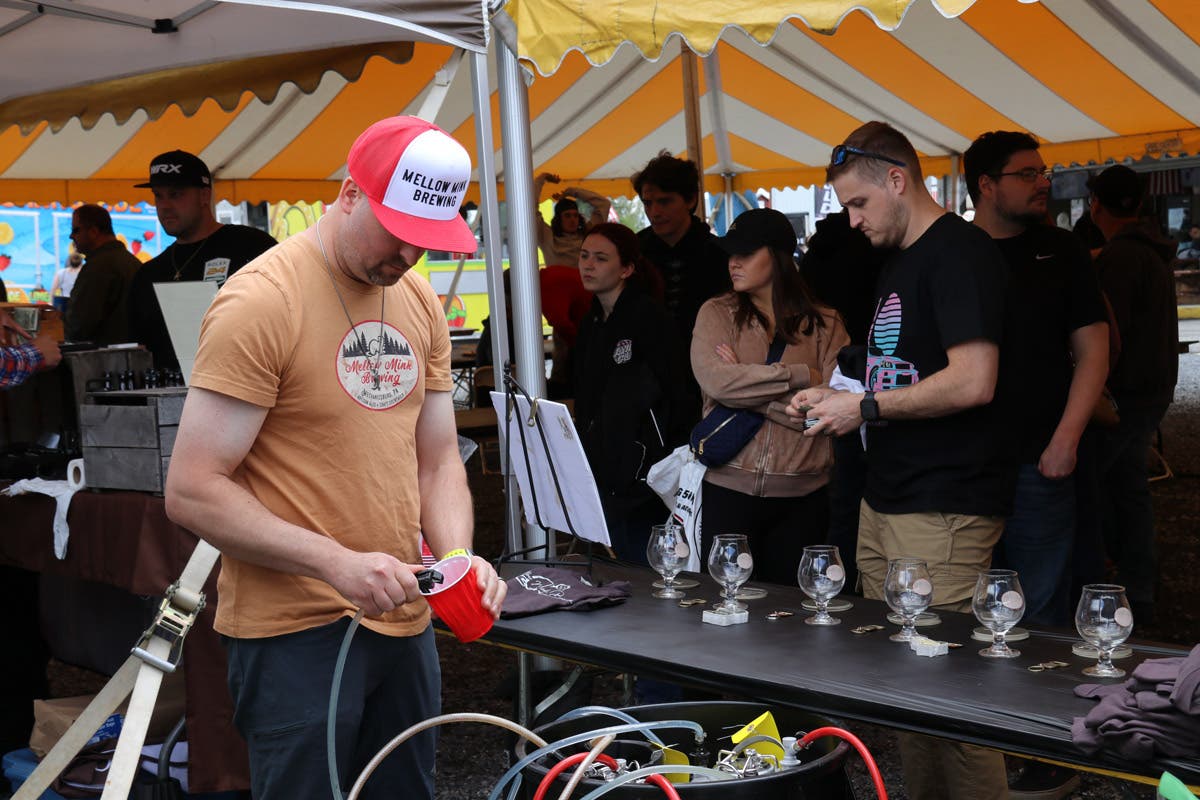The first Lambert was a 3-wheel, gasoline powered car.
Photo from John Waldsmith, Auctioneer; AuctionZip.com
The card was sold in Urbana, Ohio (Champaign County) by auctioneerJohn Waldsmith of Sharon Center, Ohio.
The car's creator, John William Lambert, was a native of Champaign County, although he was living in Ohio City, Ohio near the Indiana border at the time he created the first Lambert. The card was from the Owen "Ottie" Cowan estate. Cowen was a longtime resident of Urbana and an active collector of ephemera.
The following information on the Lambert, extracted from the "Standard Catalog of American Cars, 1805-1942", is found online at OldCarsReport.com:
LAMBERT — Anderson, Indiana — (1891, 1906–1917) — In 1891 John William Lambert was the proprietor of a grain elevator, lumber yard and hardware store in Ohio City (just across the Indiana state line in Ohio) and had some rather nice real estate holdings in town too, including the local opera house, town hall and jail. That year he successfully tested a three-wheeled surrey-top gasoline-powered runabout of his own design, though he was unsuccessful in attempting to market it, despite his printing up of a sales brochure and attaching a price of $550 to the car.
A few years later, Elwood P. Haynes, who had successfully tested his first gasoline car in Kokomo (Indiana) on July 4th of 1894, visited Lambert and announced that he planned to get into manufacture and to bill his product as “America's First Car.” Haynes was conveniently forgetting the gasoline car experimentation of the Duryeas and others which also had predated his own, but nonetheless he extracted a promise from John Lambert that he would not dispute Haynes' claim. And he never did, though when Lambert did get into manufacture, frequent reference was made by him to the fact of the 1891 gasoline car; he simply did not say he was the first.
Automobile manufacture was a long time in coming, however. After failing to market his car in the early 1890's, Lambert turned attention to stationary gasoline engine manufacture, organizing the Buckeye Manufacturing Company in Anderson, Indiana. In 1895 he announced that he would “soon have a gasoline vehicle on the market” to be called the Buckeye. The picture he sent to the press was that of the three-wheeler he had built four years before. It didn't get into production this time either. Instead, Lambert returned to experimentation, devised the friction transmission that would be the feature of all cars he marketed, and put together a four-wheeler in 1898. Still, manufacture eluded him.
Finally, in 1902, production of a Lambert-designed car arrived, though it was called neither a Lambert nor a Buckeye. Instead it was the Union, which he built in Union City, Indiana following favorable overtures from that town's chamber of commerce. Most of the Union's components were built in Lambert's Buckeye Manufacturing Company, however, and by 1905 the Union moved to Anderson as well. It was discontinued later that year and was followed by the new Lambert car for the 1906 model year. The Lambert's smaller two-cylinder models were virtually the old Union renamed, but now Lambert was building much larger fours as well.
The engines on Lamberts moved around some during the early years, from the back of the car to midships to upfront. Early engines were built in-house, later by such proprietary manufacturers as Buda, Rutenber, Continental, Trebert and Davis. Although shaft drive was provided an occasional model, most Lamberts were chain drive. Friction transmission remained a constant. Commercial vehicle production had been embarked upon by the Buckeye Manufacturing Company soon after the turn of the century, and the firm continued in the truck field for a year after phasing out the Lambert car in 1917.
CLICK HERE to tell us what you think in the Old Cars Weekly Forum








